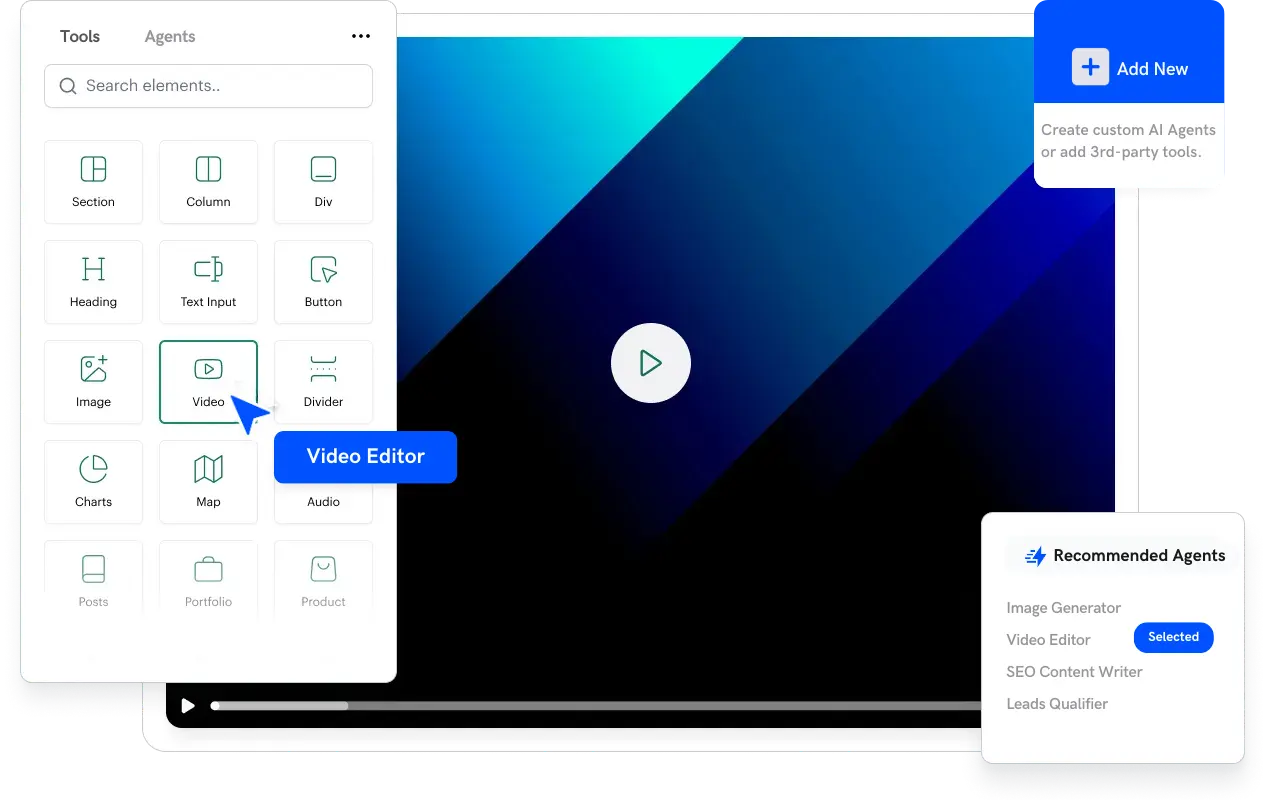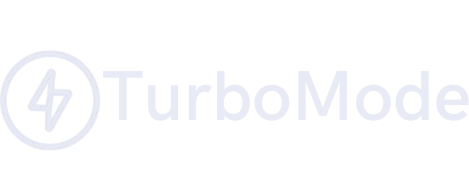Measuring workplace efficiency is critical for optimizing performance and growth. Traditional methods often miss the subtle nuances of productivity—something that machine learning excels at by analyzing vast datasets and uncovering hidden patterns. Studies from McKinsey indicate that machine learning-driven analytics can boost efficiency by up to 25% across various industries. This article explores how machine learning enhances workplace efficiency metrics, provides real-world examples, and highlights the role of TurboMode AI in driving actionable insights.
Understanding Machine Learning in Efficiency Analysis
Machine learning (ML) involves algorithms that continuously learn from data inputs and improve over time. In the context of workplace efficiency, ML is used to:
- Identify Trends:
Analyze patterns in employee performance and workflow to identify areas for improvement. - Predict Bottlenecks:
Forecast potential delays based on historical data, allowing preemptive adjustments. - Optimize Processes:
Suggest improvements by comparing performance across different teams or time periods.
Key Benefits for Workplace Efficiency
- Objective Analysis:
Machine learning provides data-driven insights that minimize subjective bias. - Real-Time Monitoring:
Continuous analysis leads to immediate identification of inefficiencies. - Proactive Solutions:
ML systems can predict and flag issues before they significantly impact productivity.
TurboMode AI
TurboMode AI integrates seamlessly with machine learning tools by converting conversation insights into actionable tasks. This synergy enhances efficiency metrics by ensuring that every insight is quickly acted upon.
“We’re shifting the game from managing work to getting work done.”
Learn how TurboMode AI can amplify your efficiency—book a demo today.
Implementing Machine Learning for Efficiency Metrics
- Data Collection:
Gather data from multiple sources, such as project management tools, employee surveys, and workflow systems. - Algorithm Development:
Develop or adopt ML algorithms that are tailored to your organization’s specific needs and industry. - Integration with Monitoring Tools:
Use dashboards to display real-time efficiency metrics, making it easy to identify issues. - Iterative Feedback:
Continuously update and refine ML models based on user feedback and evolving data patterns.
Case Studies and Research
A manufacturing company implemented machine learning to analyze production workflows and reduced downtime by 20%, significantly increasing efficiency. Similarly, a financial firm used ML-driven analytics to optimize employee productivity and saw a 15% improvement in output. These success stories demonstrate the tangible benefits of integrating ML in efficiency management.
Challenges and Considerations
- Data Quality:
The accuracy of ML predictions depends on high-quality, comprehensive data. - Integration Complexity:
Seamless integration with existing systems is crucial for realizing the full benefits of ML. - Employee Adoption:
Ensuring that employees understand and trust the ML-driven system is essential for long-term success.
Future Developments
Looking ahead, the integration of machine learning with other AI technologies is expected to evolve further:
- Enhanced Predictive Capabilities:
Future models may forecast efficiency drops even earlier and suggest more tailored interventions. - Customizable Dashboards:
Real-time data visualization will become more user-friendly, enabling managers to identify trends quickly. - Deeper Integration with IoT:
IoT sensors in the workplace may provide additional data points to further refine efficiency measurements.
Conclusion
Machine learning is revolutionizing the way workplace efficiency is measured and managed. By providing objective, real-time insights and predictive analytics, ML-powered systems enable organizations to identify and address inefficiencies proactively. When integrated with TurboMode AI—which converts discussions into actionable tasks—machine learning can drive substantial improvements in productivity and overall performance. Embrace these advanced analytics to transform your workplace efficiency and secure a competitive edge in an increasingly data-driven world.






